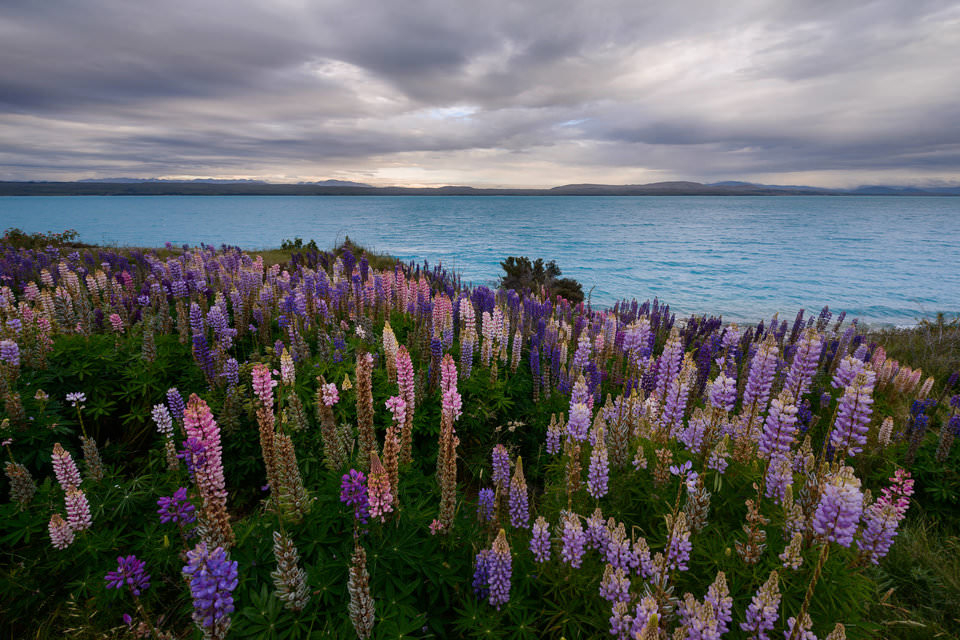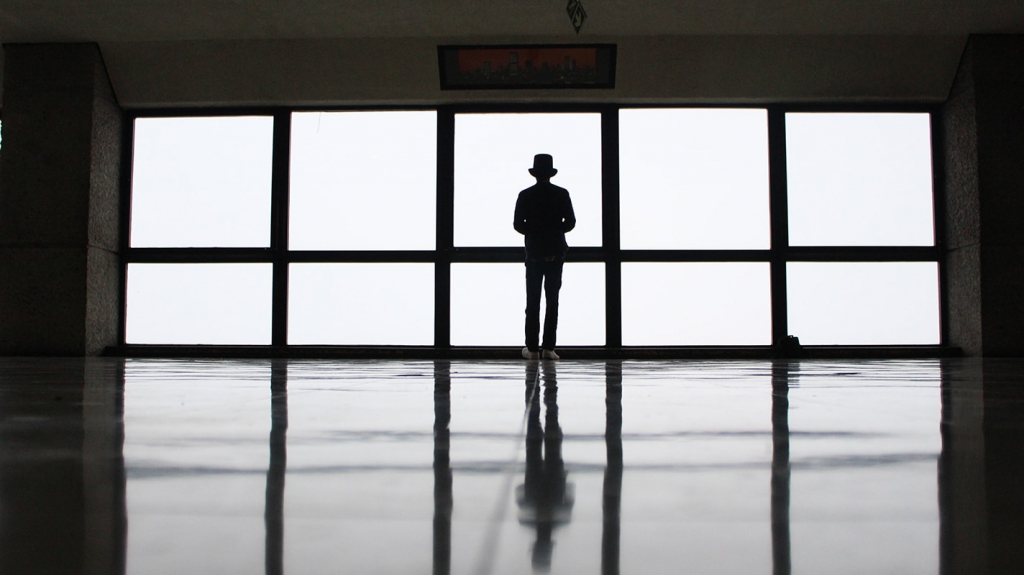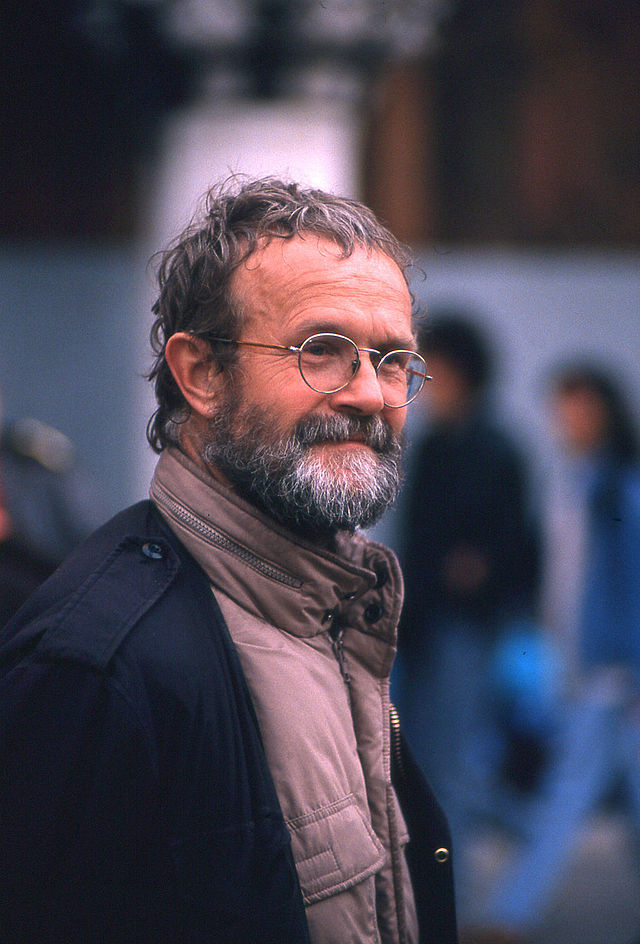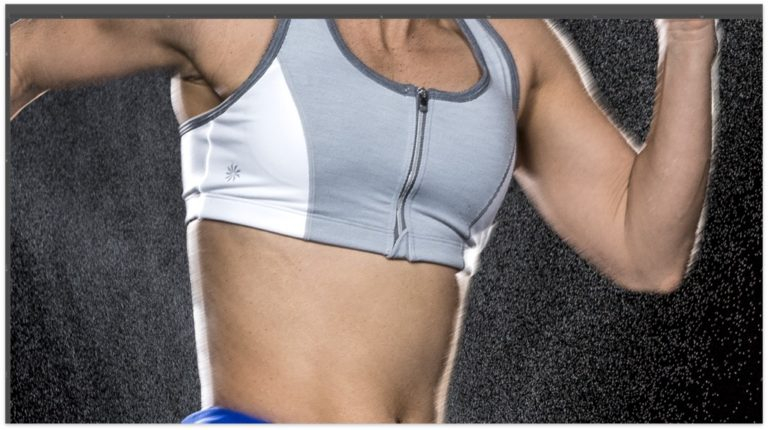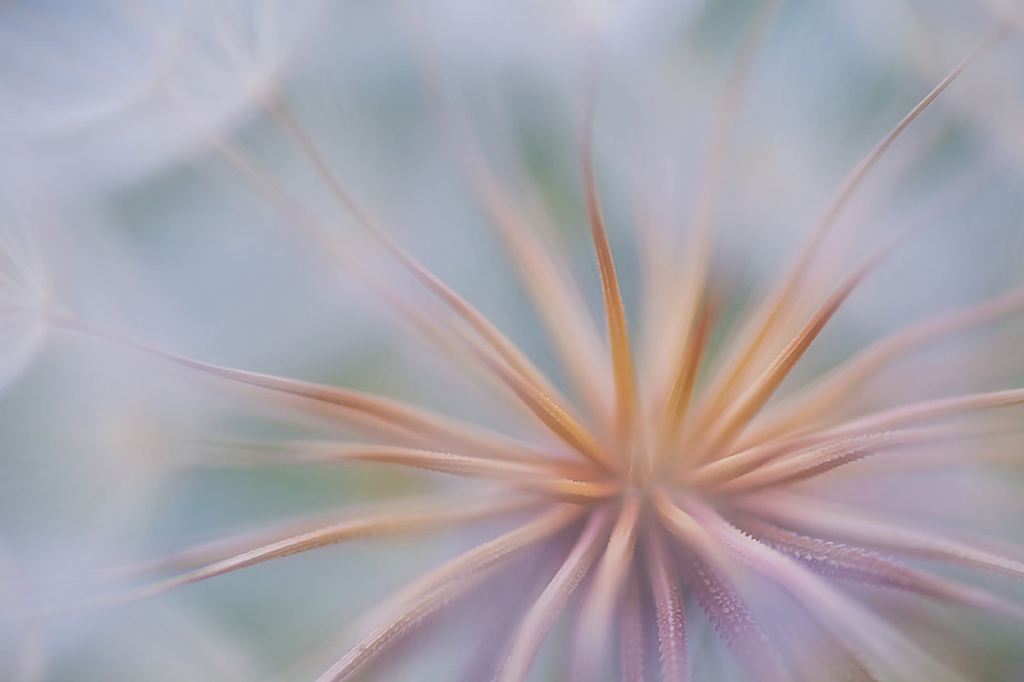EIKO HOSOE: MODERN JAPANESE PHOTO. CONFIDENCE ON THE VERGE OF FOL
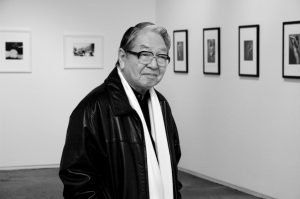 Japanese contemporary art is inextricably linked with the name Eikoh Hosoe. The largest representative of the avant-garde of the 60s of the XX century, the director and photographer throughout his creative life and career, conducts experiments unimaginable for traditional society and bold even by today’s standards.
Japanese contemporary art is inextricably linked with the name Eikoh Hosoe. The largest representative of the avant-garde of the 60s of the XX century, the director and photographer throughout his creative life and career, conducts experiments unimaginable for traditional society and bold even by today’s standards.
The body, as the physical embodiment of the soul and emotionality
A friend and like-minded person, Yukio Mishima, conducts the same research on the field of photography as the writer does in literature. This is an analysis of the “dark principles”, erotic emotionality, hidden desires and strength, irrationality and obsession, which cause a strange but invariably strong response from an outside observer. Eiko Hosoe’s early work is in tune with the works of Japanese filmmakers and artists of the mid-twentieth century. They, like the photographer, destroyed rigid social boundaries, telling stories about human passions and emotional throwings with the help of psychological stress, dramatic but restrained expression, literally “breaking through” to the outside.
As Hosoe himself says: photography is not just a fixation of everyday life, but a window into the author’s inner world, an opportunity to look at things through his eyes. Thanks to his works, we can see the surrounding reality as the brightest experimental artist looks at it, whose object of research was and remains the identity of the “physical” image of a person and his emotions.
The photographer’s own view often goes against the public. His work is bold, almost pornographic, but it is always an art. Focusing on the close-up of the human body, Eiko Hosoe follows the rules of composition traditional for Japan. His photographs are mostly black and white (he resorted to color just once), very concise, with an ideal balance of lines and shapes, space and its filling. As a pioneer of Japanese photography, he influenced many compatriots and breathed new life into photography.
To express all the facets of human experiences, Eiko Hosoe transforms the bodies of models into almost abstract constructs, performs complex manipulations with light and shadow. The photographer often uses nature and man-made landscape as a frame for visual history and an independent element of the narrative. Hands, feet, other parts of the body turn into “details”, from which figures and images are formed that convey the message of the author.
Friendship with the famous writer, who explored the most difficult topics and committed suicide in 1970, was reflected in the most famous and provocative works of Eiko Hosoe. These are pictures in which Mishima himself and the famous dancer Tatsumi Hijikata posed, the avant-garde artist and the founder of the “dance of darkness” – butoh. His photographer saw in almost the most daring choreographic production of those years – Forbidden Flowers.
The famous story by Yukio Mishima, told in the language of dance, touched on ambiguous, sometimes forbidden topics – homoerotism, frankness on the verge of a foul, irrationality of human nature. They found reflection in the legendary Kamaitach photo project. Dark, complex, dangerous eroticism was embodied in photographs of the body of Tatsumi Hizikata, who appeared in the image of a kama – similar to the saber-toothed affection of the persecuting spirit from Japanese folklore.
The collaboration of three outstanding personalities led to the emergence of other well-known, scandalous projects. Among them is an illustration of the collection of the writer “Attack of Beauty” and balancing on the verge of nude, sadomasochism and doom in “Punishment by roses”. Inspired by the work of Mishima, a series of photo illustrations was released in 1963 and, undoubtedly, refers to real masterpieces. It reflected the duality of the country itself, whose past and present were so different. Hosoe also filmed Hijikata performances, creating on their basis the project “Skin Cracks,” which made the author even more famous.
